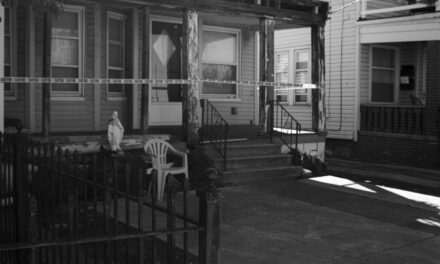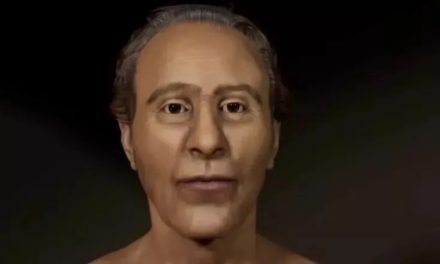Genetic genealogy has been used to identify murder victim Shannon Vielguth after nearly two long decades.
Using cutting edge DNA technology, the Sacramento County Sheriff’s Office were able to identify unknown remains originally found in March 2008. At the time, a coroner had determined that the woman died by homicide sometime in the autumn of 2004. Despite the fact that law enforcement reviewed hundreds of missing persons reports, distributed photographs of her clothing and jewellery to the media, and created a composite drawing of what she may have looked like, the case remained cold for years.
However, everything changed in 2021 when investigators reopened the case using genetic genealogy. The process involved authorities loading a DNA profile onto open-source genealogy websites. This enabled investigators to find people who might be related to the subject and narrow their search until they could confirm a match. Authorities were eventually able to identify the woman as Shannon Vielguth by comparing her remains to the DNA of a close family member.
The Sheriff’s officials said investigators have learned that Vielguth was living as a transient woman in the six months before her murder. Shannon lived in Missouri, Oklahoma, Kentucky, Colorado, Nevada and California and used a multitude of surnames including Judkins, Hutchings and Joyce – this is likely why she was unrecognised at the time.
The identification of Shannon sheds light on the benefits of cutting edge technology in the 21st Century. Such advantages of genetic genealogy databases were first recognised when US law enforcement used it to identify the infamous ‘Golden State Killer’. Joseph DeAngelo terrified the public for years and was found to commit at least 13 murders, 51 rapes and 120 burglaries across California between 1974 and 1986. Also identified using genealogy techniques, Roy Waller, otherwise known as the NorCal Rapist, who was suspect in a series of more than ten rapes and kidnappings committed between 1991 and 2006 in six Northern California counties.
Since then, genealogy has continued to be used successfully to solve various cold cases throughout the years. In July 2022, a report came out stating genetic genealogy helped solved the mysterious deaths of two women in the 1980’s (Shannon Lloyd and Renee Cuevas). Most recently, DNA genealogy was used to identify the man who brutally stabbed to death Nancy Marie Bennallack, the oldest cold case solved in Sacramento County history.
While the hunt for Shannon’s killer still remains under investigation, circumstances such as this demonstrate the power and usefulness of modern technology for crime cases across the world.




